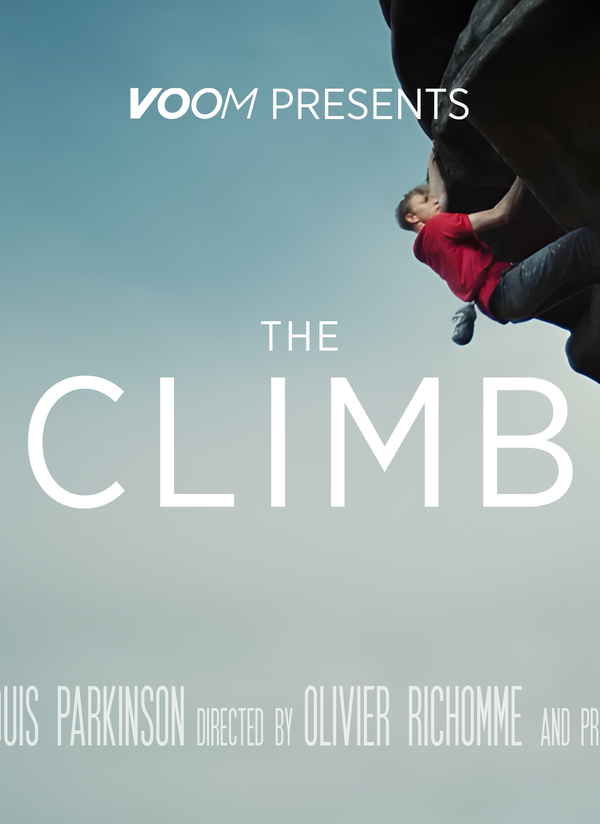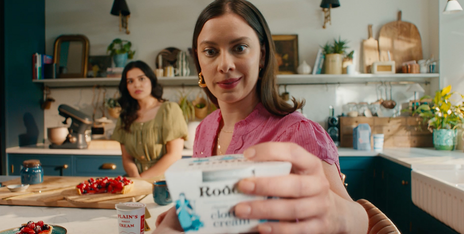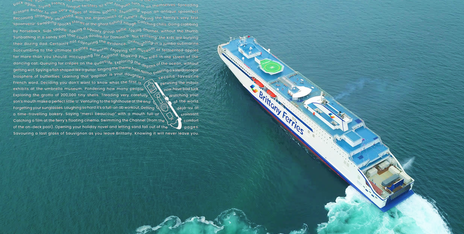Is advertising rediscovering its funny bone?
Published on 24th June 2024By Zane Radcliffe, Executive Creative Director
When I started out as junior creative at Leo Burnett and HHCL in the nineties, from the moment you walked on to the creative floor in the morning, to the moment you left, laughter rebounded round the offices.
Every ad we fired out for Tango, Pot Noodle, McDonald’s and John West had humour at its heart. The creatives were never in any doubt that we were in the business of entertainment. That’s as true today as it ever was but, somewhere along the line, it got buried under an avalanche of purpose and an illusion that every brand has a responsibility to change the world.
“I’ve had briefs that stated ‘no humour’ in the mandatories.”
Which was always the case if you were Amnesty or Greenpeace or the Guardian, but less so for noodles, ketchup and spot cream. Brands became burdened with an overwhelming – and in many cases unnecessary – need to do good. Like creating a good product or service wasn’t good enough. And in time, it meant that when you presented a funny concept in response to a brief, a client might accuse you of not taking their brand seriously. I’ve had briefs that stated ‘no humour’ in the mandatories.
But there are certainly signs that adland is rediscovering its funny bone. Maybe it’s a consequence of the world becoming an unremittingly serious place. The last five years have brought Covid, catastrophe and conflict on a scale that has affected us all. Humour is a terrific coping mechanism. It lets light into the darkest places. If we ever needed to be entertained, it is now.
Humour has been slow to creep back, however. The precursor to any hopes of a full-blown return to comedy were seen during the pandemic, where clients demanded ‘feelgood’ advertising, in the belief it would keep people connected. More often than not this translated as shiny happy people dancing in kitchens and offices. There was nothing wrong with ‘feelgood’ as a brief. Just the uniformly lazy interpretation of it that blighted big budget, happy-clappy ads post-pandemic.
“You see, laughter is an involuntary reflex.”
Because you don’t get much more ‘feelgood’ than a chuckle, a snort or belly laugh. Humour is infectious (too soon?). And there’s an honesty to it that defies all the data and dissection that ads are often subjected to in boardrooms. You see, laughter is an involuntary reflex. It’s hard to fake and impossible to hide. As a client, if you’re presented with a script - or an ad – and you burst out laughing, it’s really hard to row back from such a visceral response. Your laughter has betrayed that the creative connected with you. It got a tangible emotional response. Don’t try and deconstruct it or talk the agency back to a more sober position as you’re dabbing up the coffee you spat over Gerry from Finance.
I know this was the case when I presented ads to our Pot Noodle client at HHCL. If she didn’t spit out her coffee, we didn’t make the ad. And I’ve played some small part in one of the funniest ads in UK history. At Leo Burnett, my creative partner Mike Oughton and I won a pitch for John West with the campaign line: ‘We endure the worst to bring you the best.’ We wrote the first ad in the series, earning us an ‘Ad of the Year’ accolade in Campaign and a move to the creative ‘hotshop’, HHCL. Burnett’s drafted in Paul Silburn, arguably adland’s greatest humourist (see John Smiths and Peter Kaye) to write the next ad. The result was John West ‘Bear’, a spoof of a nature doc that ended with a fisherman kickboxing a grizzly to steal his salmon. It remains my favourite ad, one that I wish I’d written and one that still makes me laugh. You don’t have to like ads to see that it’s comedy gold.
And if there’s gold to be mined, ad agencies will lead a Klondike rush. Last year Cannes awarded Gold lions to short, funny ads from the likes of Apple and Snickers. So, it’s significant that this year that the festival has introduced ‘Use of Humour’ as a category in many of the Lions tracks. That inclusion alone will guarantee that humour is back on the creative agenda.
The decision to create a comedy category has met with a mixed reception. Many argue that, by ring-fencing humour, the industry is saying that humour can’t compete with the serious stuff, so let’s give it a ball pit to play in. I get that, to some extent. Why shouldn’t a funny ad be every bit as powerful as a purposeful one. What greater purpose than to put a smile on people’s faces?
“The more we can demonstrate to clients that humour sells, the more entertaining our industry landscape will become again. ”
But those who endorse the creation of a humour category will feel it’s a big, bright step in the right direction. And I agree with that too. Because it legitimises what many of us have been telling clients for decades. That humour works. If you delve a little deeper into the ‘Use of Humour’ entry requirements, 30% of the scoring is attributed to the impact and results that your funny ad generated. The more we can demonstrate to clients that humour sells, the more entertaining our industry landscape will become again.
At McCann we just launched a plant-based sports snack from VOOM nutrition with a darkly funny film. ‘The Climb’ owes more than a nod to serious sport documentaries like Free Solo, but it’s a slow burn to a deliciously unexpected comic twist. A seismic rug-pull that doesn’t feel the need to land the brand in the first 6 seconds (as we’re often told). I won’t spoil it for you – check it out for yourselves – but it was the product of our client recognising that the sports health category can take itself very seriously. As a challenger brand, we knew that our best chance of disrupting was to make people laugh. And it worked. As I write, we’ve had the data through from launch week and sales are up 310%. With that kind of number, clients need to take humour seriously.
Humour isn’t easy, however. There’s nowhere to hide if the client team reacts to your funny script like impassive Easter Island heads. But what makes comedy really difficult is that, more often than not, it has a target. The butt of the joke. That isn’t always a person. Sometimes it’s a behaviour or an idea. And in a world where offence is readily (and often rightly) taken, this can make clients understandably nervous. But we shouldn’t let this paralyse us. Ad humourists just need to understand the parameters in which we can play.
Humour evolves too. We can see that in the short, sharp funnies on our socials. Often with a homemade and - at the risk of sounding ancient – ‘punk’ spirit. Quick, accessible dopamine hits of humour. Hopefully we’ll see new adland comedy emerge from young creatives who have been weaned on this. After all, the laughing emoji can be an equally addictive and instantaneous measure of creative validation.
“Don’t overthink it. Don’t tamper with it. ”
To clients I say, open the door to humour in your brief. If you’re presented a script that elicits laughter, treat it as a rare and precious commodity. Don’t overthink it. Don’t tamper with it. Trust in the writing (without cross-checking it against a brand pyramid that your audience will never see). And understand that people connect through humour. Our day-to-day lives can be busy, stressful and mundane. Many people don’t have large friendship groups of shiny happy people to dance with in their kitchens. Look those people in the eye and make them laugh. They’ll thank you for it. And they’ll remember you for it.



